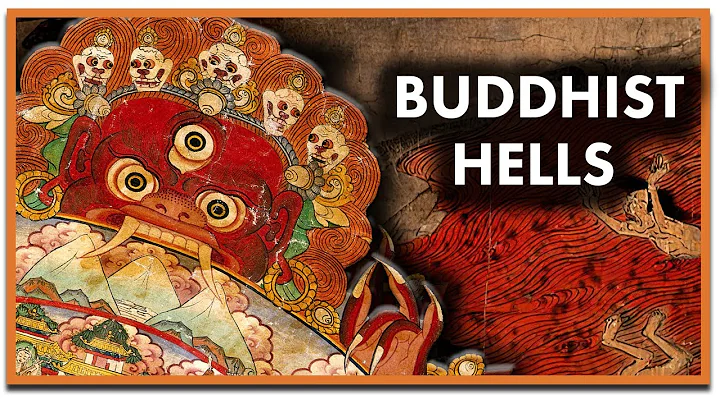More than 2,000 years ago, a prince named Gautama Siddhartha sat under the Bodhi tree and understood the truth of the world. After 49 days, he finally realized the true meaning, achieved Dzogchen, and became a Buddha. . People can't help but ask: What truth did Sakyamuni realize? Why didn't he directly teach the truth he realized to others, so that more people could achieve perfection, improve their realm, and even realize their true nature and become a Buddha? Woolen cloth?

1. Dialectics of epiphany and gradual enlightenment. Sakyamuni liked to think about life and the world since he was a child. He was tired of the rich food and clothing, and saw through the feasting and feasting. He would rather give up the glory and wealth of the royal family and vow to awaken to the truth. He sat quietly under the bodhi tree for dozens of days, devoting himself to sorting out and summarizing his previous practice and experiences, and finally achieved a leap from quantitative change (gradual enlightenment) to qualitative change (sudden enlightenment). Therefore, later, some people imitated Buddha and sat under Bodhi tree and tried to achieve enlightenment, which was bound to be in vain.

2. The harmony between the individual and the greater self. Before Sakyamuni's enlightenment, he focused on self-cultivation and enlightenment. After his enlightenment, he focused on educating and educating all living beings. He wanted to use his own enlightenment to drive more people to awaken, to use his own compassion to awaken more people's compassion, and to use his own compassion to awaken compassion. The freedom from suffering and happiness in exchange for more people's freedom from suffering and happiness, and finally the small self becomes the great self, and the Hinayana enters the Mahayana.

3. The emptiness of nature and the essence are one. The world is the contradictory unity of emptiness and sufficiency. Empty nature does not mean nothingness. What is empty is appearance, what is temporary is temporary, what is empty is process, what is empty is form... For example: Modern physics has confirmed that there is no absolute vacuum in the universe. The sufficiency does not mean fullness. The world is not full everywhere. Emptiness and reality complement each other, complement each other, and generate each other. For example, matter can be subdivided into more than 400 types of particles, including molecules, atoms, protons, neutrons, electrons, mesons, hyperons, and quarks. Therefore, molecules make gaps inside objects, atoms make gaps inside molecules, electrons and nuclei make gaps inside atoms (the nucleus only accounts for one hundred billionth of the volume of the atom), and protons and neutrons make gaps inside the nucleus. , quarks cause gaps inside protons and neutrons. If the world is empty, no one can achieve perfection.

4. Mutability of small and large. Sakyamuni realized that "one dust makes one world". Dust is very small compared to the earth where we live, but the earth is also very small compared to the universe. Sakyamuni saw that the dust also contains the universe. In this case, the small dust is larger than the universe. The mutual transformation of small and large is actually a kind of "impermanence of all things".
In short, the truth realized by Sakyamuni cannot be explained clearly in one or two sentences, cannot be explained clearly by one or two people, cannot be explained thoroughly in one or two days, and may not be expressed in words. The key lies in personal practice, unremitting pursuit, and meditation.











![[ENG] Story of the Buddha - DayDayNews](https://i.ytimg.com/vi/wbDNlTXatp4/hqdefault.jpg?sqp=-oaymwEcCOADEI4CSFXyq4qpAw4IARUAAIhCGAFwAcABBg==&rs=AOn4CLBdhJEnK201LG4AbQEOMGLXqzGQrw)






![[English] Who Am I - Lecture 1 - Ven. Guan Cheng - DayDayNews](https://i.ytimg.com/vi/KU0fUs2It5o/hq720.jpg?sqp=-oaymwEcCNAFEJQDSFXyq4qpAw4IARUAAIhCGAFwAcABBg==&rs=AOn4CLDFpQUN_QwRfC7bmP4sUadq-RcYdg)
![A Moving Masterpiece 清明上河图 [English narration] - DayDayNews](https://i.ytimg.com/vi/kxff-4GktOI/hqdefault.jpg?sqp=-oaymwEcCOADEI4CSFXyq4qpAw4IARUAAIhCGAFwAcABBg==&rs=AOn4CLBtHGLeUpJNCYDJYnZTuISQ1N5Vag)


